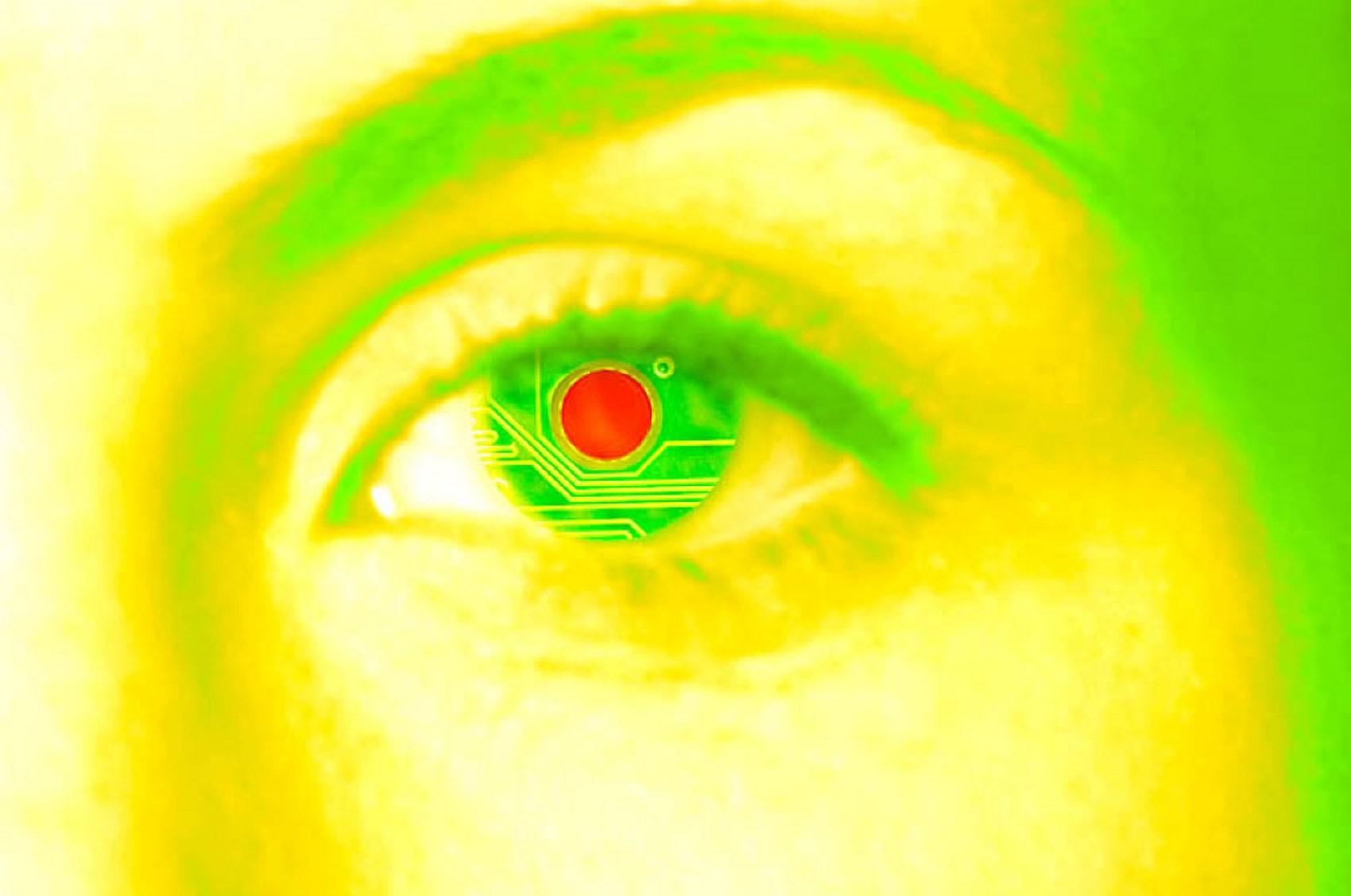
Search
You have no items in your basket

Pustular psoriasis looks different to plaque psoriasis, although plaque and pustular psoriasis can coexist or one may follow the other. The main distinguishing feature of pustular psoriasis is the appearance of pus spots surrounded by or on top of areas of red skin. This does not mean there is infection present. The spots simply show that the skin has been invaded by white blood cells. The person is not infected and neither are they contagious in any way.
Pustular psoriasis flare-ups can be triggered by some medicines, irritating substances on the skin, ultraviolet light overdoses, pregnancy, systemic steroids (especially sudden withdrawal of tablet or high-potency topical steroids), infections or emotional stress.
Generalised pustular psoriasis
Generalised pustular psoriasis is a rarer and more serious form of the condition. It is particularly rare in children. It can occur abruptly, sometimes precipitated by the triggers mentioned above, and it can make the person feel quite unwell with fever, shivers, intense itching, rapid pulse, exhaustion, headache, nausea, muscle weakness and/or joint pain. In this condition, the pustules, redness and skin peeling can occur all over the body and, as such, people are normally admitted to hospital for treatment under the care of a dermatologist until it settles down. The skin can be very sore and fragile. Sometimes these attacks are followed by milder outbreaks of psoriasis. Please do note that this is a rare form of the condition.
Palmar-plantar pustulosis (PPP)
Palmar-plantar pustulosis (PPP – also sometimes spelled as palmoplantar) is a localised form of psoriasis which affects the palms and/or soles of the feet. Evidence suggests that it tends to occur in people between the ages of 20 and 60, and is more common in people who smoke. Infection and stress are suspected trigger factors. PPP is normally recognisable by large yellow pustules up to 5mm in diameter in the fleshy areas of hands and feet, such as the base of the thumb and the sides of the heels. It may be painful. The pustules dry up and turn a brown colour and then gradually diminish. PPP is usually cyclical though, with new crops of pustules being followed by periods of low activity. It tends to go in cycles of: erythema (reddening of the skin) followed by formation of pustules and then scaling of the skin. Sometimes the skin can crack, which can cause discomfort, and occasionally there is a degree of functional disability.
Acrodermatitis continua of Hallopeau (ACH)
Acrodermatitis continua of Hallopeau is another rare type of palmar-plantar pustulosis. It is characterised by skin lesions on the ends of the fingers, including the nails which can sometimes become completely destroyed, and sometimes on the toes. The eruption sometimes starts after localised physical trauma. Often the lesions are painful and disabling, with the nails deformed, and bone changes may occur. This condition is quite hard to treat satisfactorily.
Treatment
These conditions are not common and are difficult to treat, so whether the pustular psoriasis is localised or generalised, treatment should be overseen by a dermatologist.
Pustular psoriasis
If you are admitted to hospital with generalised pustular psoriasis, the main aim of treatment is to restore the skin’s barrier function, prevent further loss of fluid, stabilise the body’s temperature and restore the skin’s chemical balance. Imbalances, which can occur, might put added strain on the heart and kidneys, especially in older people. Because of possible complications with this form of psoriasis, if you’re affected you should seek medical care immediately. The likelihood of hospitalisation for a short period of time depends on the severity of the outbreak. When in hospital, bed rest, bland emollient therapy, rehydration and avoiding excessive heat loss can improve the situation. It is important to remove as many of the potential trigger factors as possible, for example suspect medicines. In severe cases, where the patient has become exhausted, other medications may be needed.
To control pustular psoriasis for the longer term, a tablet or injection treatment is usually required.
Methotrexate is the most common treatment; ciclosporin is also used if your doctor needs to control the symptoms quickly. Oral steroids are often prescribed for those who do not respond to other forms of treatment or who have become very ill, but their use would be for a brief period only. PUVA (the photosensitising drug psoralen plus UVA light) may also be used once the condition has settled down. See Psoriasis and Phototherapy to find out more about PUVA.
In some instances, biologic injection treatments may be used See Treatments for Psoriasis.
Palmar-plantar pustulosis (PPP) treatment options
This type of psoriasis can be particularly difficult to treat. First-line treatment usually involves topical therapies, such as potent or very potent steroids, being applied to the palms and/or soles. Sometimes creams containing coal tar or salicylic acid may be prescribed to help reduce scaling. The regular application of an emollient can help prevent skin from cracking and keep the palms and soles more supple. It may be beneficial to wear cotton gloves for certain periods during the day, to prevent the treatments rubbing off and to allow the person to continue to use their hands.
Frequent use of topical therapies on the hands and feet can be impractical for most people as it makes working and daily chores difficult. For this reason, localised light treatment (PUVA) or tablet treatments such as methotrexate are often advised.
Although not completely proven, for those who smoke, quitting appears to help reduce the instances and severity of palmar-plantar pustulosis.
Acrodermatitis continua of Hallopeau
ACH tends to be resistant to both topical and systemic treatments for psoriasis, so combinations of therapy may be tried.
Most episodes of pustular psoriasis will last for a few weeks then disappear or remit to erythrodermic psoriasis.

Summary
This article is adapted from the Pustular psoriasis leaflet.
Download our Pustular psoriasis leaflet as a pdf
Always consult your doctor or healthcare provider